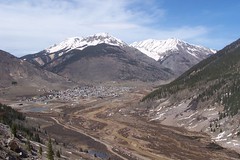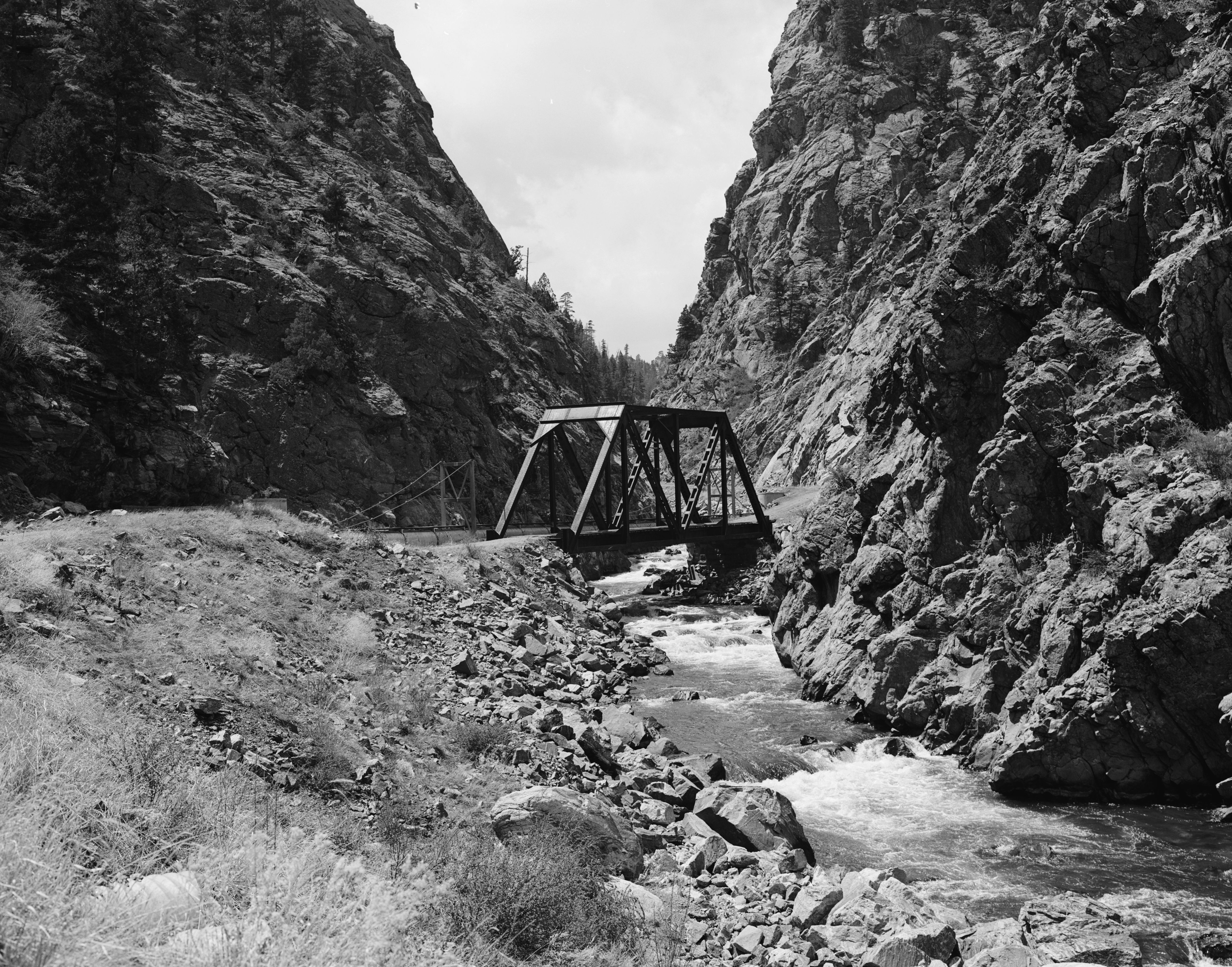
Inspectors have reached a third of state’s 50,000 sites and report eight ‘notable’ spills totalling 27,000 gallons of oil
Inspectors hunting for oil pipelines and oil drums damaged in Colorado’s epic floods are being “completely overwhelmed” by the sheer scale of destruction, a member of Congress has warned.
Jared Polis, a Democratic representative from Colorado, said the state’s regulatory agency was struggling to reach flooded areas and arrive at a full accounting of the damage and potential leaks to its 50,000 oil wells. Inspectors have so far reached about a third of the flooded oil fields. Last week, aerial surveys of the flooded area showed dozens of overturned storage tanks.
“Inspectors are completely overwhelmed. There are only a couple of dozen in the state and some areas remain inaccessible even today,” Polis told the Guardian. “The number of inspectors is insufficient to reach all the sites.”
On Monday the vice-president, Joe Biden, spent the day in Colorado, touring the devastated areas. The body of a 79-year-old woman was found beside the Big Thompson River, authorities said, bringing to eight the death toll from the massive flooding.
The state has 17 full-time oil and gas inspectors, although reinforcements have arrived in the wake of the floods. As of Monday afternoon, the state’s oil and gas regulator reported eight “notable” spills over the vast oil and gas area, which it said amounted to a release of some 27,000 gallons of oil. A statement from the Colorado Oil and Gas Conservation Commission said: “Wet, muddy and high-water conditions continue to make access slow and difficult in many areas.”
Todd Hartman, a spokesman for Colorado’s department of natural resources, said inspectors were still unable to get to many of the well sites, because roads were washed out or destroyed. “You have operations that are entirely underwater,” he told reporters.
In addition to the eight known leaks, crews were monitoring about 10 other sites with evidence of a sheen, the state regulatory agency said. But it said there were at least 33 other locations with damaged equipment. The agency added: “No estimates of product losses are available for those sites.”
The industry said it was monitoring the wells by air and from boats, as well as relying on pressure sensors to monitor conditions inside the wells. Rushing floodwaters clogged with debris damaged oil gas pipelines and tanks in a number of locations. But the oil industry said 1,500 oil wells in the worst affected area were sealed off before the floods hit.
Industry spokespersons also said there were no wells being fracked at the time of the floods, and there is no known instance of a leak of fracking chemicals.
Even so, campaigners said there was a risk of spills of oil, chemicals and other potential contaminants, including run-off from livestock facilities, in the wake of this month’s flooding. In one of the biggest known spills, Anadarko Petroleum Corp last week reported that about 5,225 gallons of oil had spilled into the South Platte River, near Milliken. A tank farm on the St Vrain River, also operated by Anadarko, released about 13,500 gallons. It is possible that other companies have suffered similar problems but have not been able to get out to assess the damage.
Jonathan Singer, a member of the state legislature from the flood-hit area who has opposed fracking, said his biggest concern was simply getting inspectors to all the well sites. “We just don’t have the resources to get out to every well as quickly as we should be,” he said.
“This was a huge flood and unfortunately it went through the county where we have the highest proportion of oil [and gas] wells in Colorado.”
Related articles








